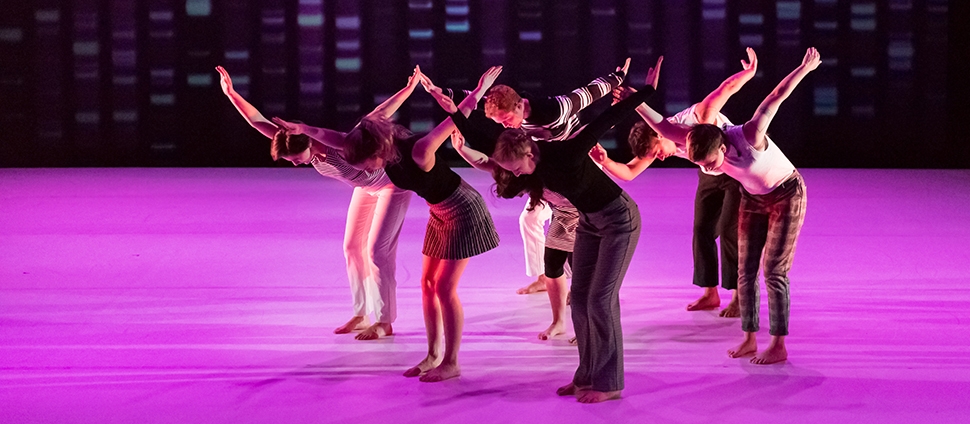Document Type
Article
Publication Date
2018
Publication Title
Cuban Studies
Abstract
El milagro de anaquillé (1927), a ballet project with libretto by Alejo Carpentier and music by Amadeo Roldán, originated at the intersection of avant-garde art, afrocubanismo, and ethnography. Inspired by the aesthetic experimentation of Les Ballets Russes and Les Ballets Suédois in Europe, Carpentier and Roldán adopted ballet as a vehicle for introducing avant-garde trends in Cuba. Their work referenced two revolutionary ballets: Rite of Spring and, more importantly, Parade. Seeking to restage an Abakuá ritual, their project illustrated the artistic output of afrocubanismo as well as the movement’s ethnographic approach to the study of black culture. The libretto, which depicted a conflict between a US filmmaker and a group of Abakuá celebrants, critiqued the colonialist caricatures of the racial other’s dancing body in cinema and ballet. In doing so, it contributed to the concurrent repudiation of colonialist films in Latin American intellectual circles. Amid pivotal changes in cultural anthropology, the libretto also alluded to the ideological entanglement of anthropology and coloniality. It obliquely represented the lopsided interactions—mediated by class, race, and education—between ethnographers and subjects. In formulating such political messages, Milagro made adept use of caricature, irony, metatheatricality, nonrealist representation, and other techniques from the avant-garde tool kit for critical interrogation of reality.
Volume
46
First Page
185
Last Page
227
DOI
doi.org/10.1353/cub.2018.0010
Creative Commons License

This work is licensed under a Creative Commons Attribution 4.0 International License.
Rights
Licensed to Smith College and distributed CC-BY under the Smith College Faculty Open Access Policy
Version
Author's Accepted Manuscript
Recommended Citation
Tomé, Lester, "The Racial Other’s Dancing Body in El milagro de anaquillé (1927): Avant-Garde Ballet and Ethnography of Afro-Cuban Performance" (2018). Dance: Faculty Publications, Smith College, Northampton, MA.
https://scholarworks.smith.edu/dan_facpubs/2



Comments
This is a post-print version of the article, before copyediting. You can download the final, published version of the article from the website of Cuban Studies, or through the full-text database Project Muse. To quote from the article, please access the copyedited and formatted published version with page numbers.